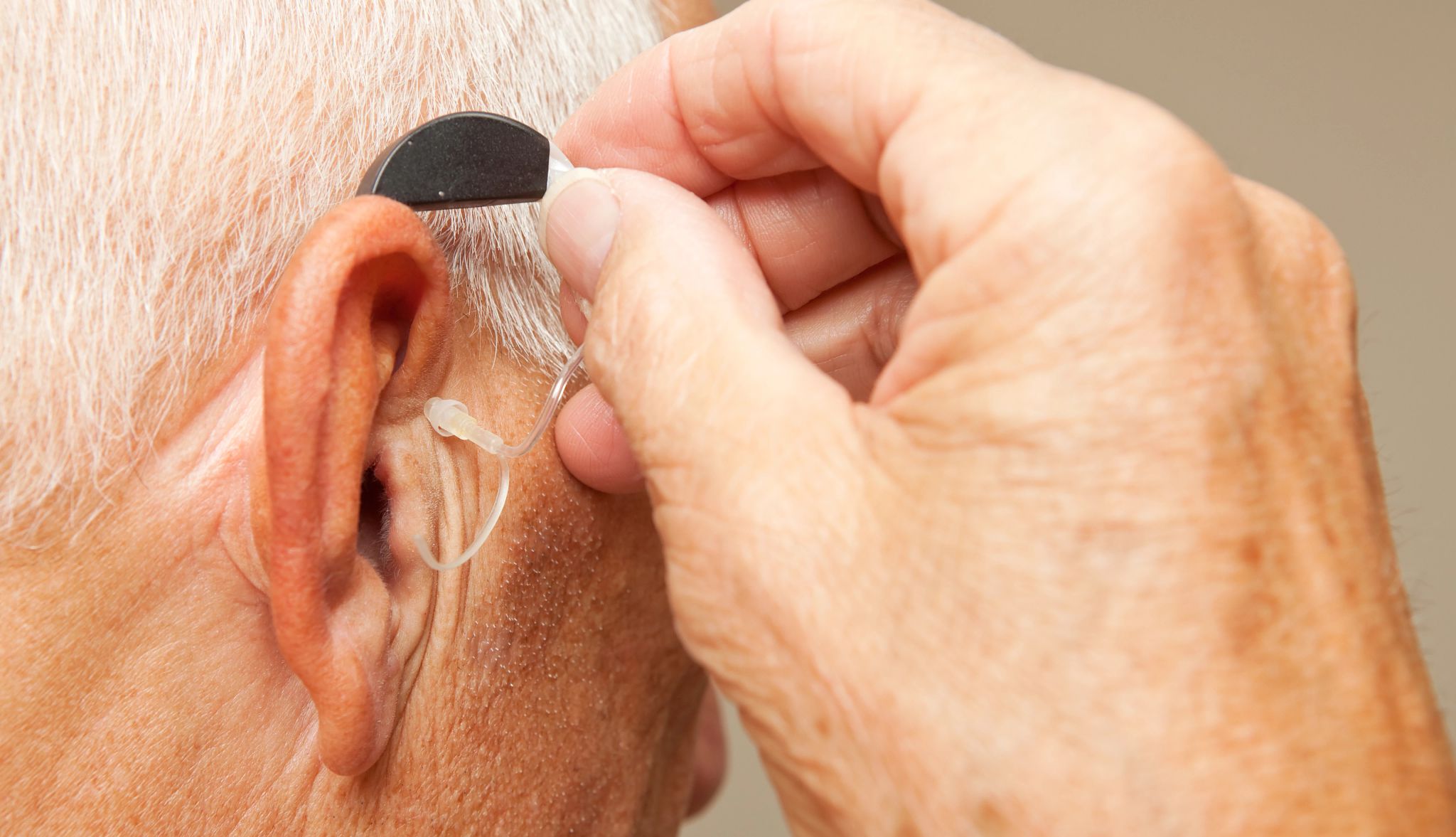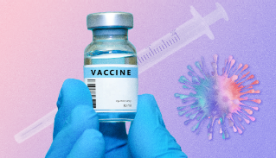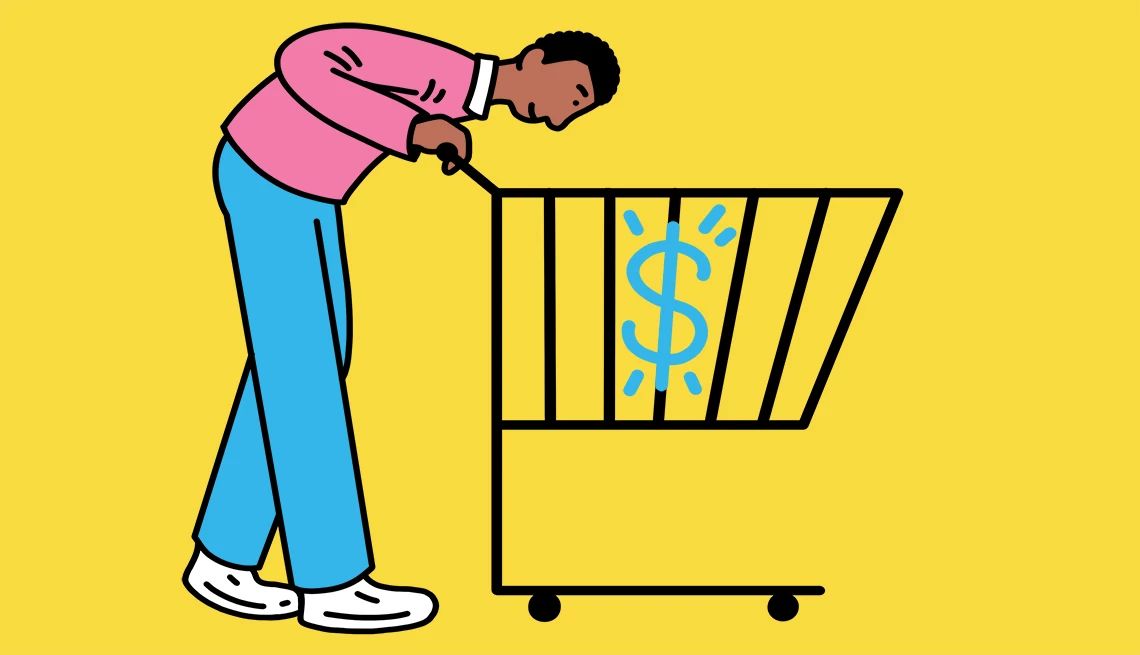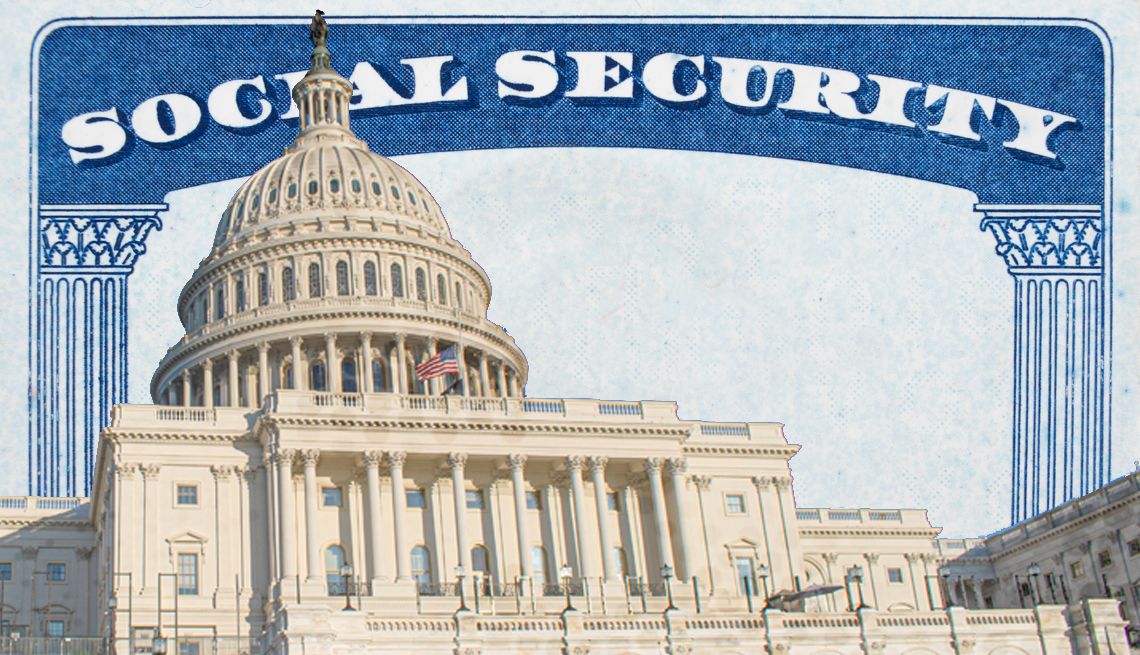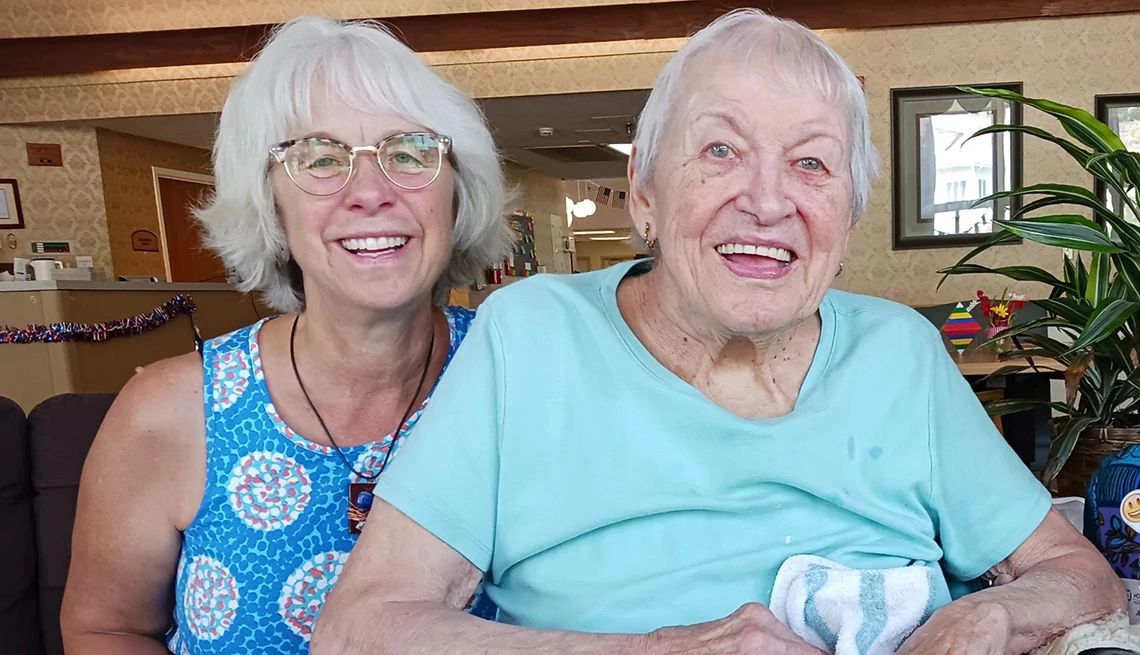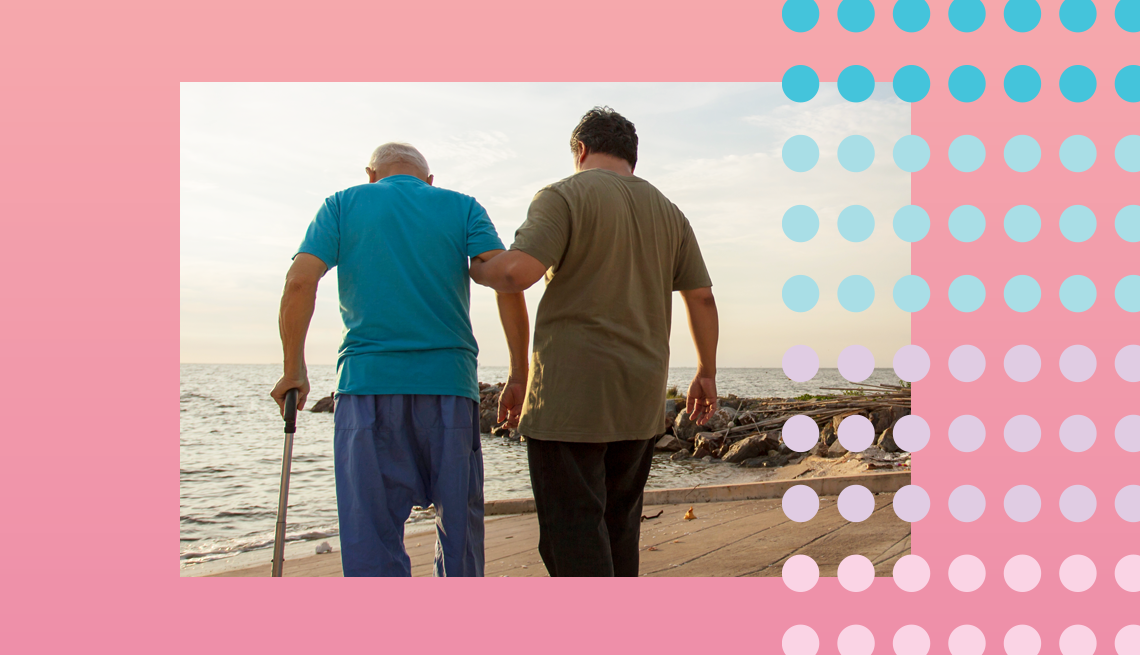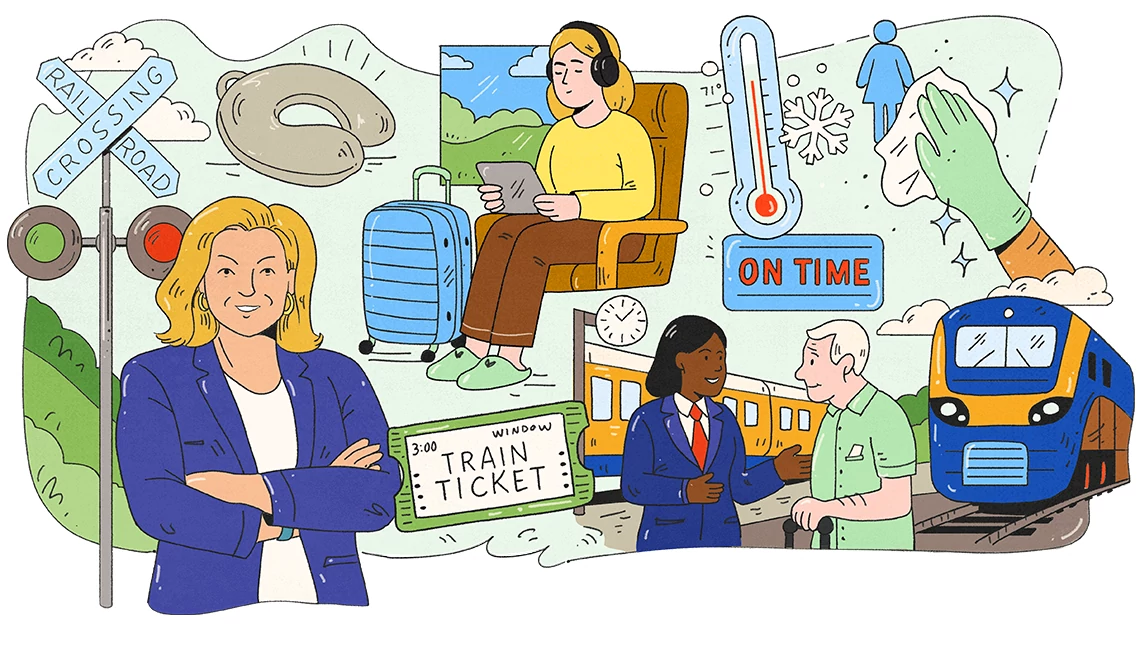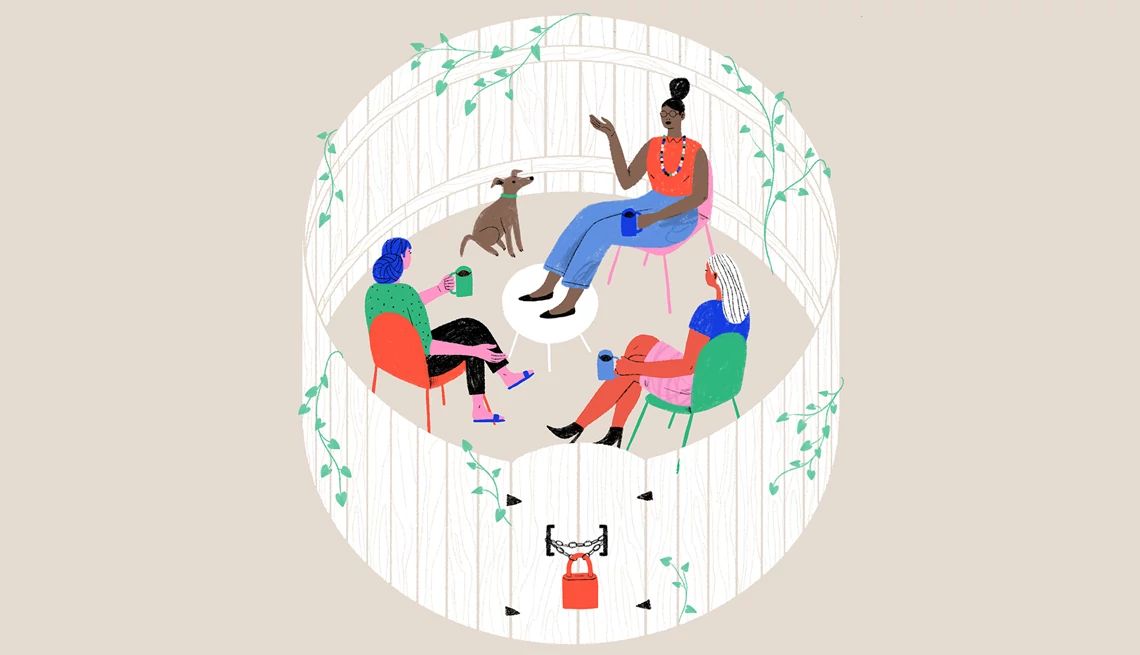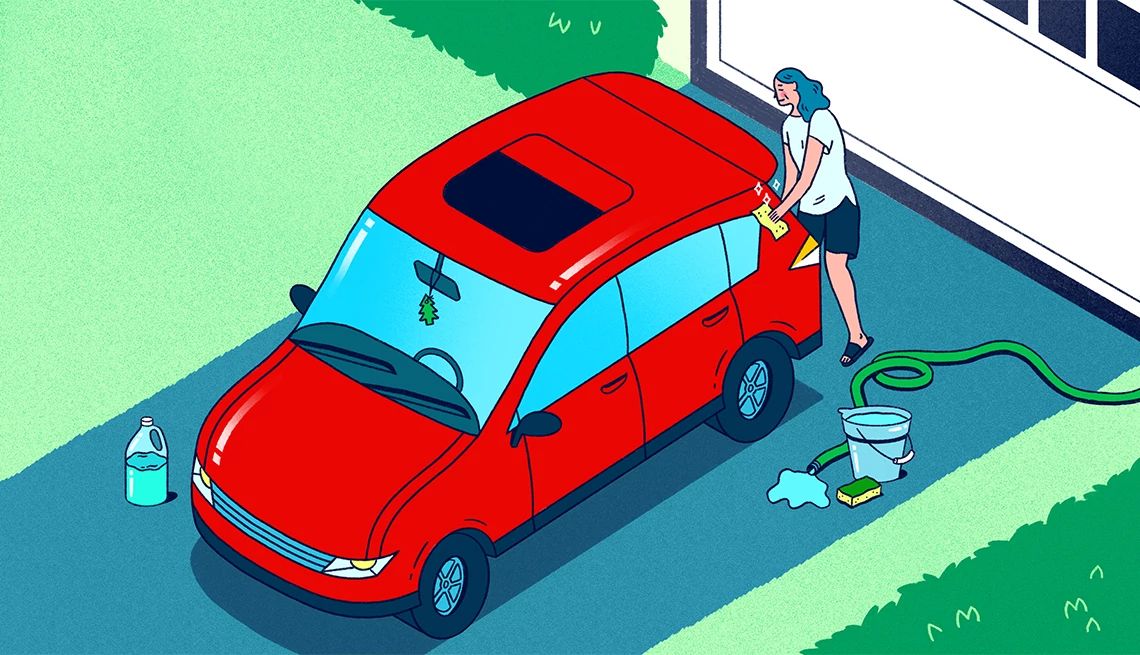AARP Hearing Center
CLOSE ×
Search
Popular Searches
- right_container
- Health
- Money
- Work & Jobs
- Advocacy
- Social Security
- Medicare
- Caregiving
- Games
- Travel
- More...
- Entertainment & Style
- Family & Relationships
- Personal Tech
- Home & Living
- Auto
- Staying Sharp
- Podcasts
- Videos
Most of the 1.2 million people living with HIV in the United States are now over the age of 50, and more than 175,000 are over the age of 65. For many people who were diagnosed prior to the introduction of revolutionary highly active antiretroviral therapy, life expectancy was measured in months,…
Surveys illuminate people’s preferences for aging in place and reforms that promote more supply
A recent report by the influential Medicare Payment Advisory Commission (MedPAC) — the independent agency that advises Congress on Medicare policy — finds that Medicare pays 20 percent more per enrollee in a private Medicare Advantage (MA) plan than it would if that same individual was instead…
The U.S. Air Force is using the AARP Livability Index, the world’s first nationwide, neighborhood-based index measuring livability, to determine the location of the new Space Command headquarters.
Here’s what we know about older SNAP households and what they need at this point to weather the pandemic.
Visitor restriction policies due to COVID-19 mean hospital patients are feeling increasingly isolated and alone with no family or friends at their bedside.
True livable communities take the whole community into account, including all members and all neighborhoods.
Business closures among small businesses threaten a major source of U.S. jobs
Increased need calls for higher SNAP benefits during COVID-19.
Policy makers should take immediate steps to reduce the disproportionate impact of COVID-19 on Black and Hispanic adults.
Rural areas are being hit hard by COVID-19. The CARES Act can help, but more will be needed.
As a fierce defender of older adults, AARP is working with those on the financial front lines to protect older Americans from financial exploitation through its award-winning BankSafe online training platform.
The labor force participation rate for older workers continues to decline, suggesting that many older workers displaced by COVID-19 job loss have left the labor market.
Search AARP Blogs
Recent Posts




